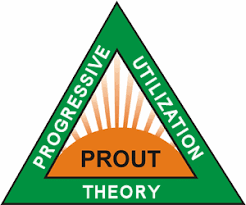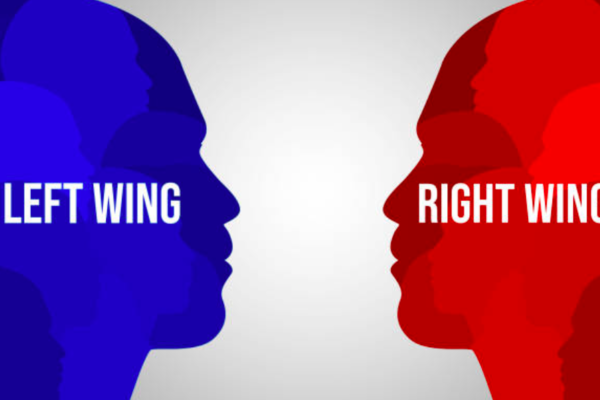– Dr. Hans-Joachim Rudolph, Microvita Research e.V.
Radical constructivism assumes that what we call reality is nothing but a construct of sensory perceptions and memory contents. Therefore, objectivity in the sense of a correspondence between the constructed images and a consciousness-independent reality is supposed to be impossible, perceptions are considered to be completely subjective.
Metaphysical solipsism goes one step further: it claims that there is nothing at all beyond our own consciousness, neither what we call reality, nor what we imagine to be the consciousness of others.
Nevertheless, if everybody lived only in his or her own world, the question would immediately arise as to how it can be that our world is constituted interpersonally. The common answer is that this happens by virtue of our languages.
Languages provide us not only with a common vocabulary, but also with a binding grammar and semantics. In structuralism, moreover, languages are conceived as the basis of any holistic organisation of reality, whereby the understanding of a word is obtained only through comparison with other words as well as their mutual relations.
In the natural sciences, however, the world is understood quite differently. There, nobody has the slightest doubt about the existence of a material reality that is independent of our consciousness – a reality whose parameters and boundary conditions can even be quantified precisely with real numbers. After all, our entire technological progress is based on this so-called positivist worldview, which relies solely on experience, accepts only what is factual, real and irrefutable, and rejects all metaphysics as theoretically impossible and practically useless. But how can this fit together with the aforementioned, linguistically composed constructs of our real life?
Our proposition is that the constructs conceived linguistically are assigned to an imaginary space, whereas the objects conceived scientifically are assigned to real space. The complete reality would then be composed of these two components, i.e. it would be suspended in a complex space. Interactions between constructs and objects would be possible at any time and could be modeled by matrix multiplications. In this way, constructs and objects would be thought of simultaneously and side by side, so that the tiresome either-or could be replaced by a lively as-well-as.
The question remains as to why it is not enough to assemble the linguistic constructs in the usual way and why it is better to assign them to an imaginary metric respectively: As already mentioned, their placement in imaginary space allows for a smooth interaction with the objects of real space. However, quantification is an indispensable condition, i.e. the constructs must have been recorded and mapped beforehand psychometrically. Here, completeness is not important, rather it is sufficient to proceed successively, both on large and small scale.
What sounds complicated, even downright unsolvable, is actually what our brains do from the very beginning. And how is it to be recognised? It is recognised by our gaze:
If we notice that someone is looking to the right or left without external reasons, it means that he or she is trying to imagine and assign something or someone visually, auditorily or kinaesthetically. The gaze can be directed sidewards, up or down; no clear correlations have been found for the retrieval of memory contents or the formation of mental constructs; but for these moments we are moving mentally in an imaginary space. And only when looking straight ahead with focus we mentally find ourselves again in the real world.
This back-and-forth takes place all the time, but usually remains unnoticed. Yet it says a lot about us and our human condition…

Figure: Most people look up when they think or try to remember something.





